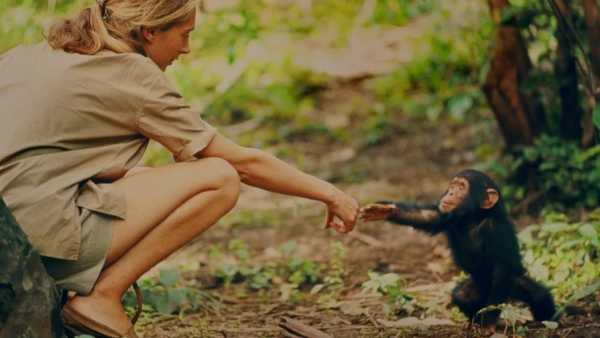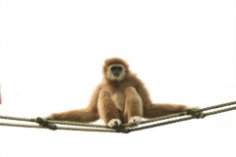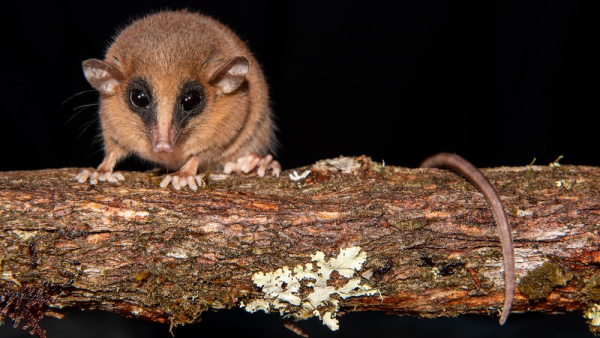
This new species of marsupial was discovered in the remote cloud forest of Peru. (Photo: Pedro Peloso)
While exploring the vicinity of an archaeological site in the Peruvian Andes, researchers discovered a previously unseen creature. This tiny, large-eyed marsupial, named Marmosa chachapoya, belongs to a newly identified species of mouse opossum.
“We know very little about this species, including its natural history and distribution, and only one specimen has been collected so far,” said Sylvia Pavan, a biologist at California Polytechnic University, Humboldt, who led the research expedition that discovered the creature.
In 2018, Pavan and her team were searching for a mysterious squirrel species in Rio Abiseo National Park when they discovered a possum. This small mammal, just 10 centimeters long, had reddish-brown fur and mask-like markings on its face.
You may like
-
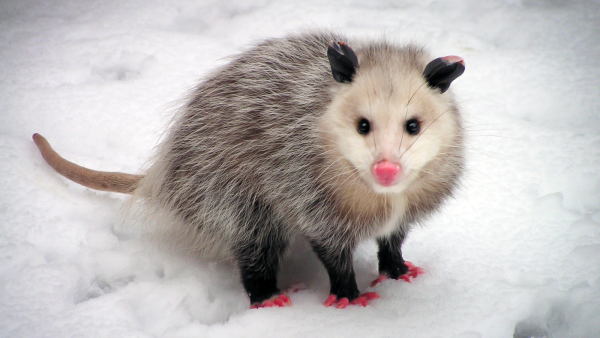
Virginia opossums: American marsupials that have changed little since the time of the dinosaurs.
-
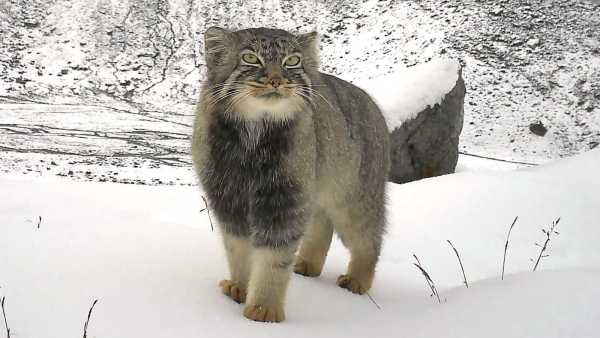
A grumpy Pallas's cat has been captured in a stunning camera trap photo from the Eastern Himalayas.
-
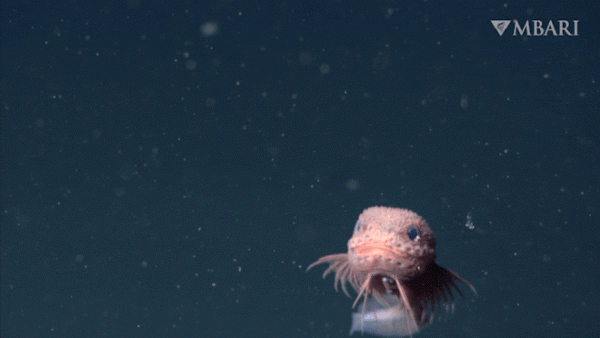
A never-before-seen, adorable pink, knobby snailfish with a funny little beard has been captured in a deep canyon off the coast of California.
“I knew right away it was something unusual,” Pawan said, in part because related mouse possum species aren't typically found at that altitude—8,740 feet (2,664 meters) above sea level.
The team spent years studying the opossum's DNA and physical characteristics, comparing them with data on other mouse opossums in museum collections around the world. In June, the researchers published a detailed study in the journal American Museum Novitates, naming the marsupial Marmosa chachapoya after the ancient people who inhabited the region before the arrival of the Inca Empire.
The ancient Chachapoya people lived in northern Peru from approximately 800 CE until the arrival of the Incas in the 1470s. Often referred to as the “people of the cloud forest,” the Chachapoyas lived in the humid, harsh terrain of the eastern Andes and built their homes on mountaintops.
RELATED STORIES
— Ancient skeletons of the largest marsupial in history have been discovered in Australia.
— Mammals with pouches are “more evolved” than humans—in some sense.
— The ancient marsupial saber-tooth had eyes that no other mammalian predator had.
Rio Abiseo National Park contains over three dozen archaeological sites, many of which are associated with the Chachapoya people. However, this remote and inaccessible park was also established as an important conservation area to protect plants and animals found nowhere else on Earth. Among them is the yellow-tailed woolly monkey (Lagothrix flavicauda), once thought extinct.
In addition to the new mouse opossum species, Pavan and her team discovered several other animals they believe have never been described by scientists. These creatures, including a semi-aquatic rodent, have not yet been formally described.
Pavan said the discovery of the new marsupial species is “a reminder of the critical importance of scientific research and conservation in regions like Rio Abiseo.”
Animal Quiz: Test Yourself with These Fun Animal Questions

Christina Killgrove, Social Link Navigation, Staff Writer
Christina Killgrove is a staff writer for Live Science, specializing in archaeology and paleoanthropology news. Her articles have also appeared in publications such as Forbes, Smithsonian, and Mental Floss. Christina holds a PhD in biological anthropology and an MA in classical archaeology from the University of North Carolina, as well as a BA in Latin from the University of Virginia. She previously worked as a university professor and researcher. She has received awards for her research from the Society for American Archaeology and the American Anthropological Association.
You must verify your public display name before commenting.
Please log out and log back in. You will then be asked to enter a display name.
Exit Read more
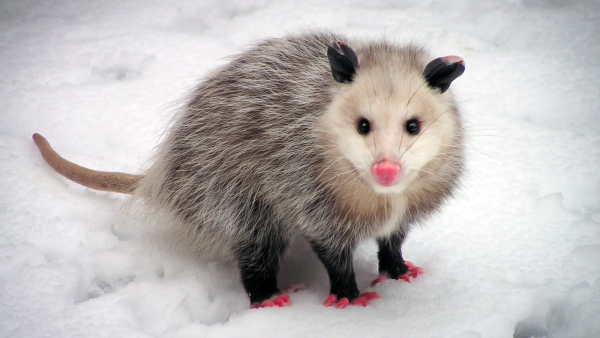
Virginia opossums: American marsupials that have changed little since the time of the dinosaurs.
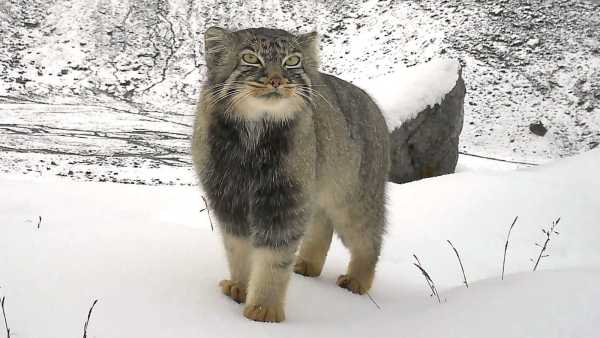
A grumpy Pallas's cat has been captured in a stunning camera trap photo from the Eastern Himalayas.
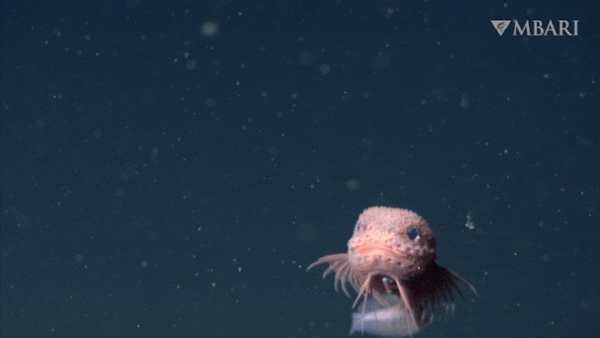
A never-before-seen, adorable pink, knobby snailfish with a funny little beard has been captured in a deep canyon off the coast of California.
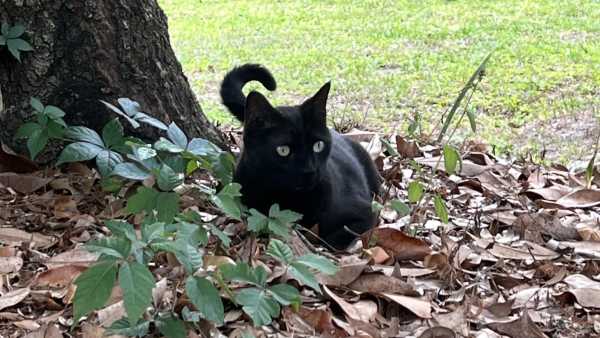
A scientist's cat has once again helped discover a rare virus.
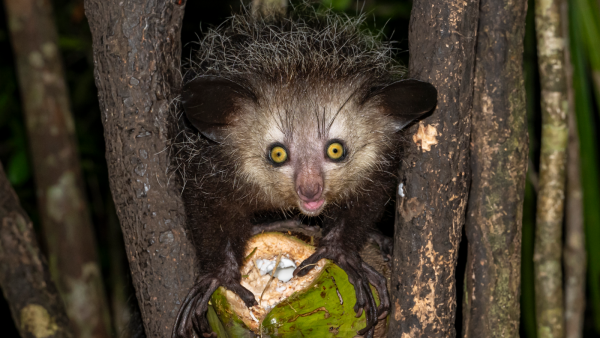
Aye-ayes: Strange nocturnal lemurs with long, creepy toes
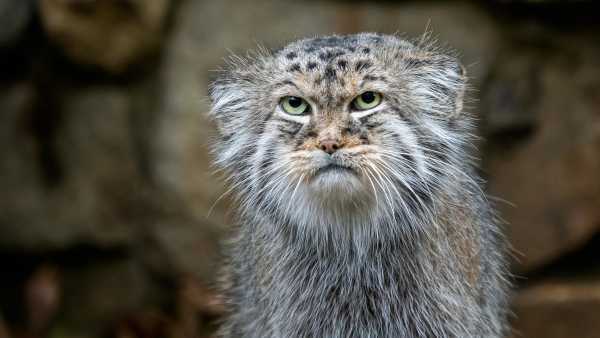
Pallas's cat: one of the oldest representatives of the cat family, which stands on its fluffy tail to warm its paws.
Latest news about land mammals
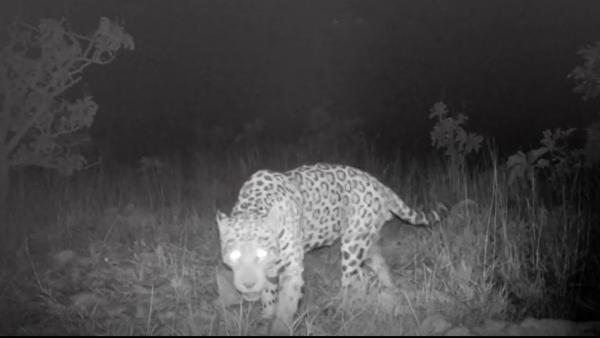
A jaguar in Brazil has broken the record for the longest swim of its kind.
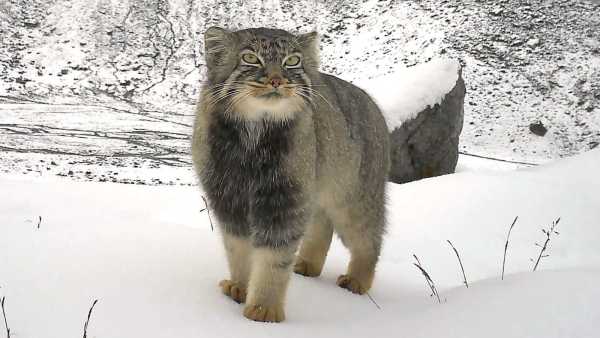
A grumpy Pallas's cat has been captured in a stunning camera trap photo from the Eastern Himalayas.
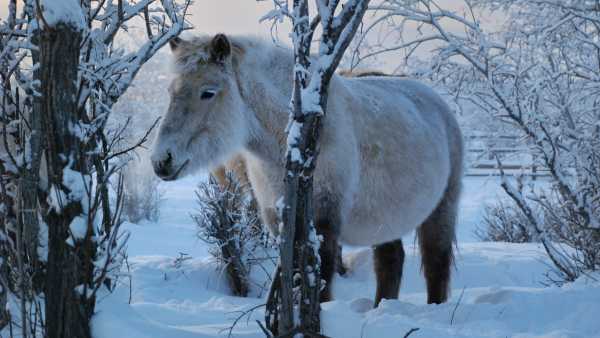
How the mystery of the origin of the small, hairy Yakut horses was revealed in the Siberian “gateway to the underworld”
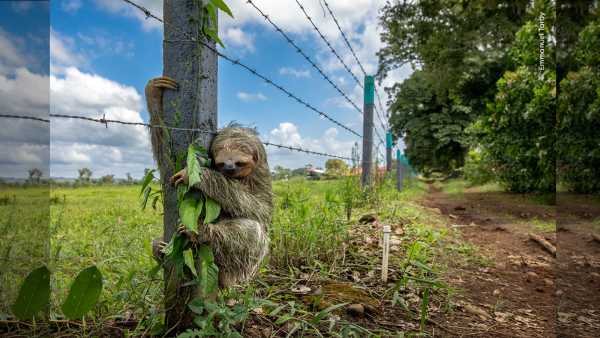
A heartbreaking photo shows a sloth clinging to barbed wire because it looks most like a tree.
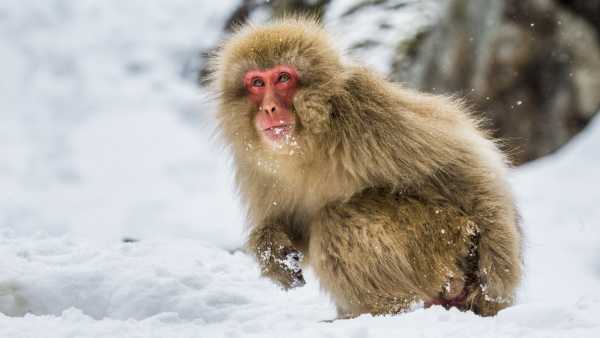
Earth's first primates evolved in the cold, not the tropics.
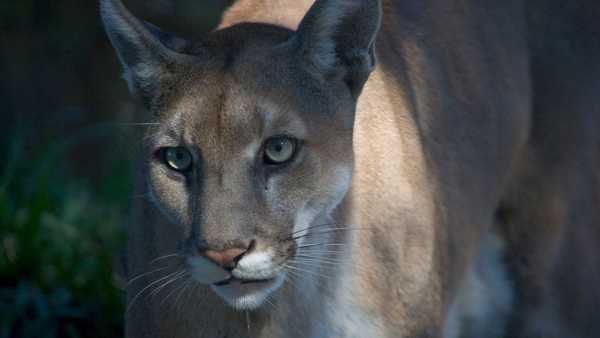
Texas cougar genes are saving Florida cougars from extinction—for now.
Latest news
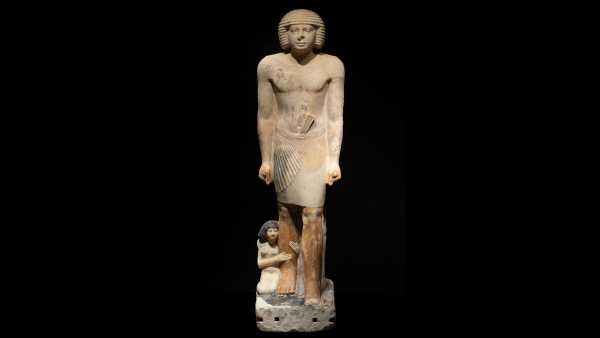
The ancient Egyptian statue of “Messi,” found in the Saqqara necropolis, is “the only known example of its kind from the Old Kingdom.”

Hurricane Fujiwara's rare 'dance' could spare the East Coast from the worst of Tropical Storm Imelda.

The study found that Iran is among the “world's most subsiding hotspots,” with some areas sinking by up to 30 cm per year.
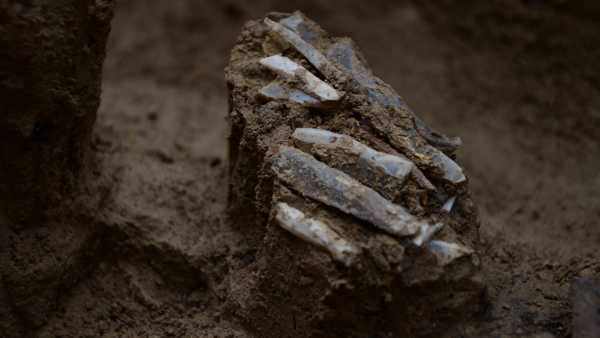
A 30,000-year-old “personal toolkit” discovered in the Czech Republic offers a “very rare” glimpse into the life of a Stone Age hunter-gatherer.

Is acetaminophen safe during pregnancy? Here's what the science says.
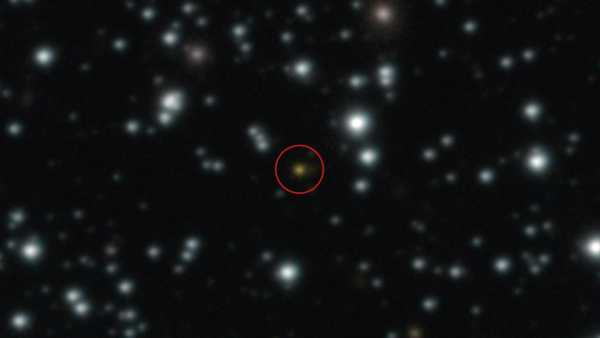
Scientists say the mysterious cosmic explosion cannot be explained.
LATEST ARTICLES

1The study found that Iran is among the “world's most extreme subsidence hotspots,” with some areas sinking by up to 30 cm per year.
Live Science magazine is part of Future US Inc., an international media group and leading digital publisher. Visit our corporate website.
- About Us
- Contact Future experts
- Terms and Conditions
- Privacy Policy
- Cookie Policy
- Accessibility Statement
- Advertise with us
- Web notifications
- Career
- Editorial standards
- How to present history to us
© Future US, Inc. Full 7th Floor, 130 West 42nd Street, New York, NY 10036.
var dfp_config = { “site_platform”: “vanilla”, “keywords”: “type-news-daily,serversidehawk,videoarticle,van-enable-adviser-
Sourse: www.livescience.com



